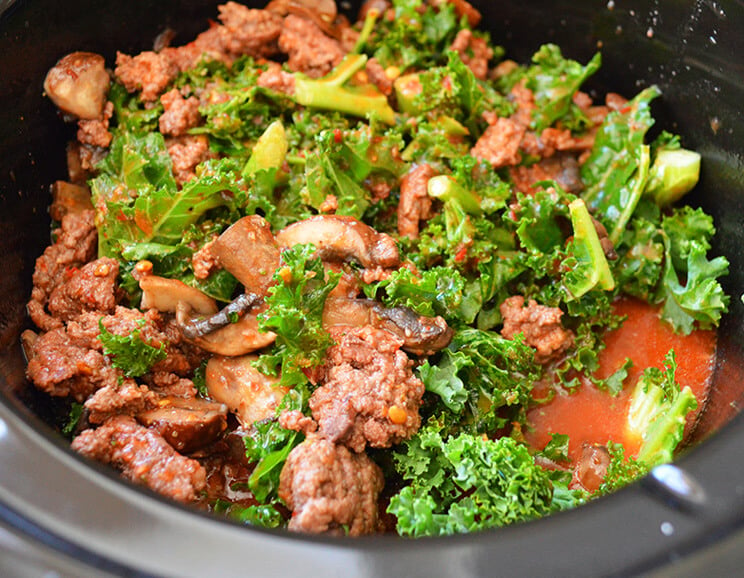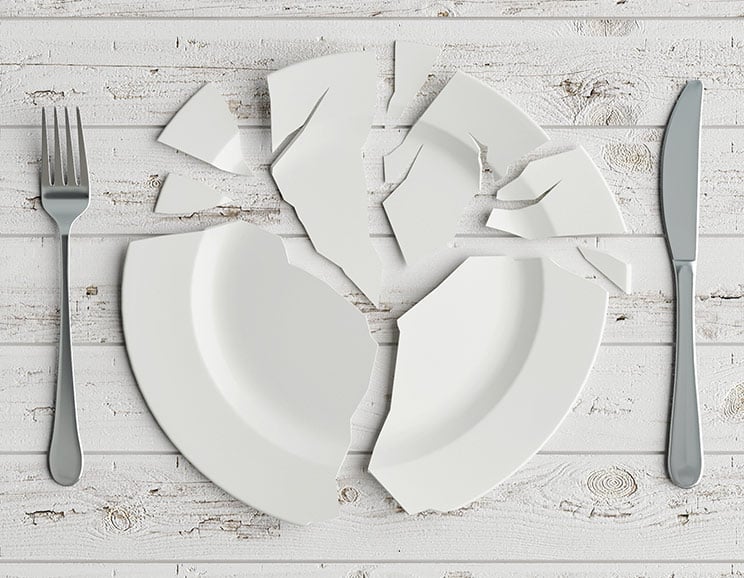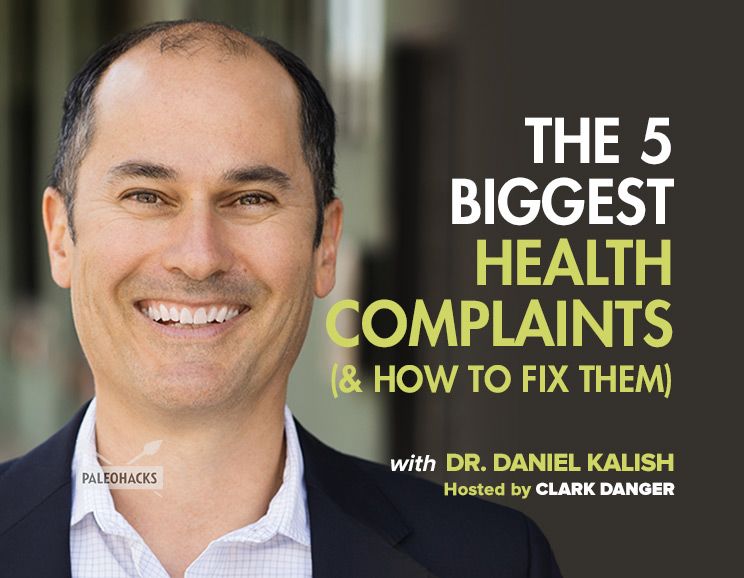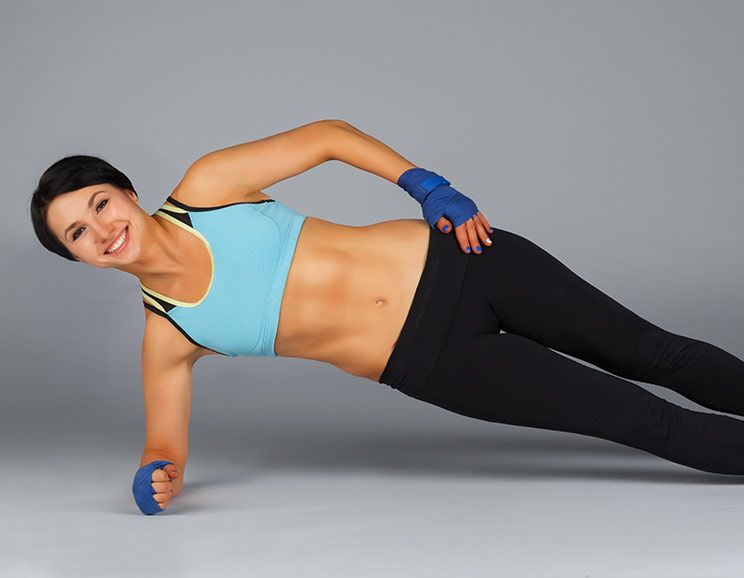We’ve all been there. We decide to embark on a new fitness path. We start training or playing a sport. Things are going well, but then we suffer an injury. It hurts and we stop training or participating in an activity because rest is what our body needs, right? Wrong.
Yes, that’s right. I said rest is the wrong thing to do after an injury. But wait, why?! Everybody says rest and ibuprofen is the key to dealing with any injury!
While rest may be the standard care, I am going to show you why rest is not the best thing to do after an injury.
Fight inflammation and create easy, healthy meals! We've created a FREE 7-Day AIP Meal Plan
Get Your FREE 7-Day AIP Meal Plan here.
The term RICE was coined years ago by Dr. Mirkin, and has been the go-to treatment ever since. For those unfamiliar with RICE, it stands for Rest, Ice, Compression, and Elevation. However, most people just rest and ice (and take a few ibuprofen).
[tweet_quote] Uh oh: With too much rest and ice, blood vessels can become constricted and decrease the blood flow to the injury. [/tweet_quote]
There are many drawbacks of complete rest and ice. For example, our bodies have to go through a natural inflammation process. As Goodman and Fuller explained, “Inflammation serves a vital role in the healing process. Inflammation has both protective and curative features. Every step serves a specific purpose and is necessary as the body responds to tissue injury or damage. The ultimate goal of the inflammatory process is to replace injured tissue with healthy regenerated tissue, fibrous scar, or both.” (2009).
With too much rest and ice, blood vessels can become constricted and decrease the blood flow to the injury. This is a problem because blood flow provides the good inflammatory cells needed for healing. During this phase, the various cells are responsible for initiating mechanical support for the tissue regeneration that needs to take place. Therefore, complete rest can hurt your healing process after an injury.
So what should you do instead? My advice would be to implement light movement, exercise, compression, elevation, and good nutrition. By using these components, you can improve your chances of healing quicker without increased stiffness or causing more pain.
Movement
Movement can help increase blood flow. Since blood flow helps brings healing cells to the injured area, it can improve the healing process. In addition, movement will help flush the excess swelling out via the lymphatic system. Swelling has no place to go if it sits in one position, which is why complete rest is a poor choice following injury.
(Read: Why Dynamic Stretching is the Best Warm-up for Any Workout)
In addition, movement can reduce the formation of disoriented collagen fibers, also known as scar tissue. Scar tissue is a weaker form of collagen, and when scar tissue develops, increased stiffness occurs around the injured area. Ensuring you get movement will help decrease the amount of scar tissue your body forms when repairing itself.
How can you perform safe movements during this phase? The general rule is to move in pain-free directions. Small movements in pain-free directions are best to achieve optimal movement during this phase.
Exercise
Exercise will help your body stay fit. The fitter you are, the better your body is at fighting stress. Have you ever noticed when you are in really good shape you get sick less often and have more energy? That’s because your body is able to handle stressors better.
[tweet_quote] Tip: If you have a lower body injury, try implementing light exercise for your upper body, or vice versa. [/tweet_quote]
The body’s response to injury is to go into a protective mode. We recognize this, too, because our brain tells us there is pain. The problem with this is that our body going into protective mode often leads to stiffness. And while rest may initially help, it can also lead to increased stiffness.
Think of it this way: rest + stiffness=increased stiffness. Increased stiffness + injury=pain. By exercising, you can help decrease the excessive stiffness associated with injury. If you have a lower body injury, try implementing light exercise for your upper body, or vice versa.
Compression
While swelling can be good for injuries, too much swelling can be a bad thing. Compression therapy helps provide a pumping effect to assist with swelling relief. You can pick up compression wraps at a local store.
Elevation
Elevation helps decrease excess swelling. The theory behind this is that gravity assists with bringing fluids back towards the heart through the venous and lymphatic systems. So elevating the injured body part above the heart can help.
Nutrition
Sustaining a good balance of nutrition and fluids is key. I know what you’re thinking: I have to decrease my calories because I can’t work out when I’m hurt. People often limit food intake when they are injured because they are afraid it will turn into weight gain. Instead, a good rule of thumb is to opt for more protein-rich meals. Protein helps repair tissues.
To recap, rest is not the best option for proper healing. It can cause excess swelling, increased stiffness, and poor healing. Instead, choose to continue to lightly move and exercise. If there is swelling, make sure you elevate and compress. If you’re going to use ice, don’t “over-ice” (all day long). Finally, keep your nutrition sound and remember, as with any injury, always consult a doctor first.


 Spicy Kale Chili
Spicy Kale Chili









Show Comments